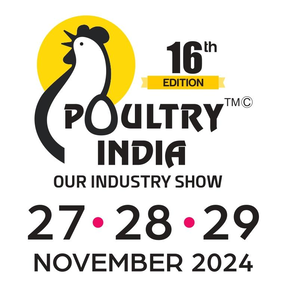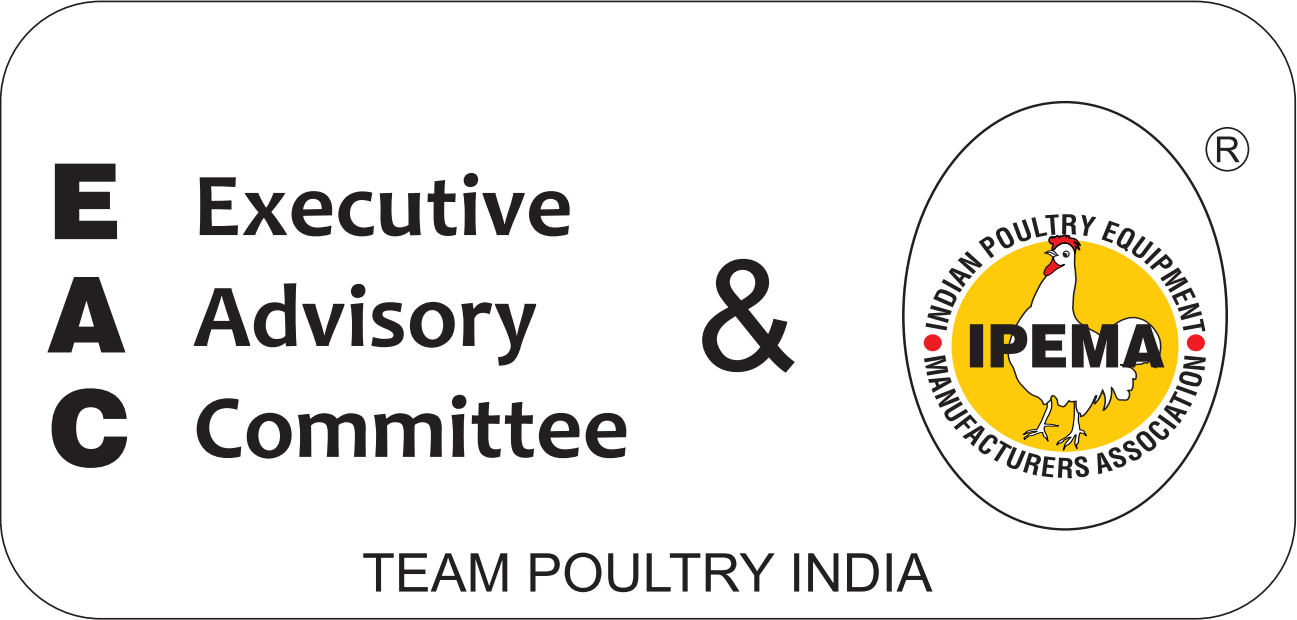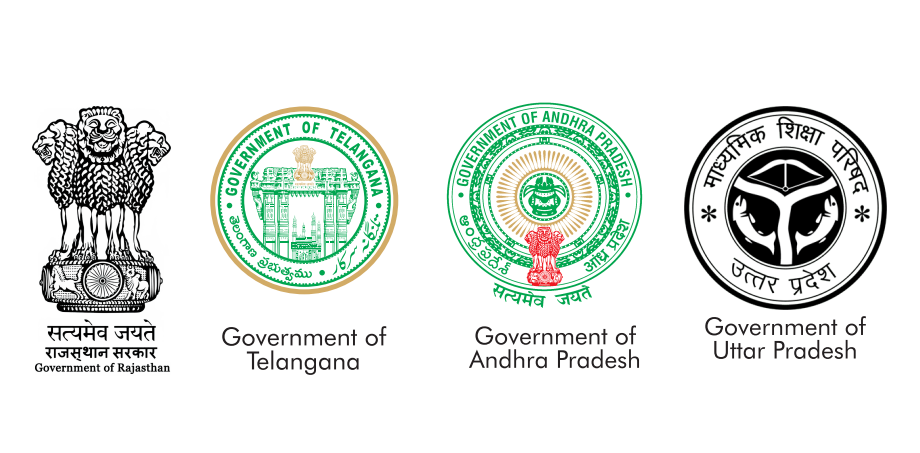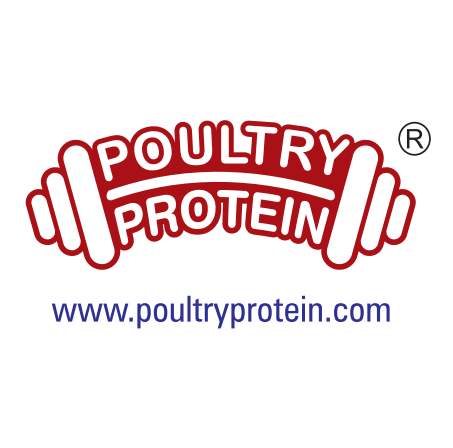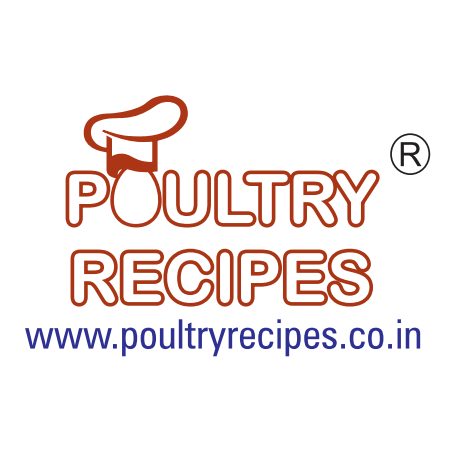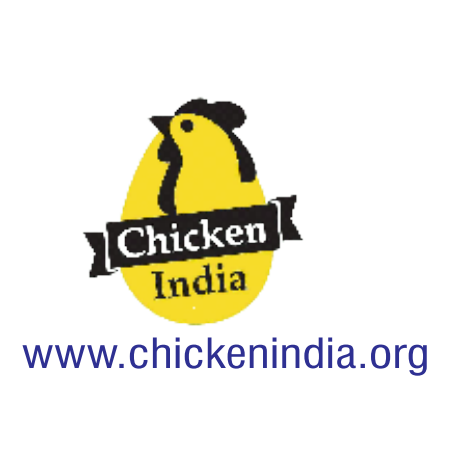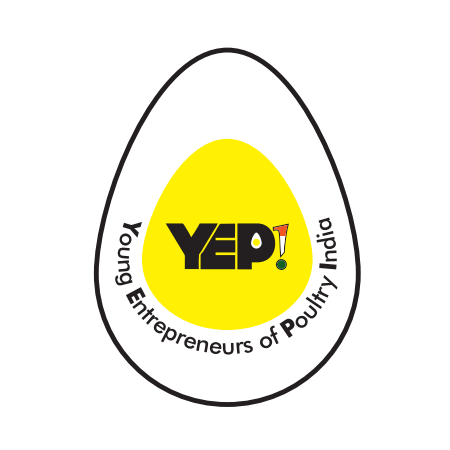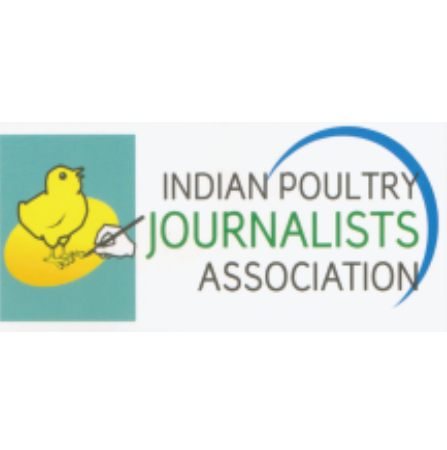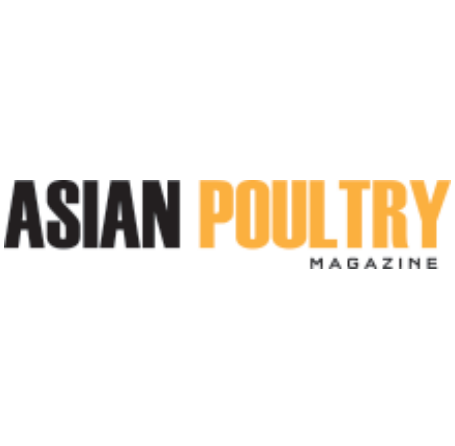Smart techniques for better Poultry Farming and Management
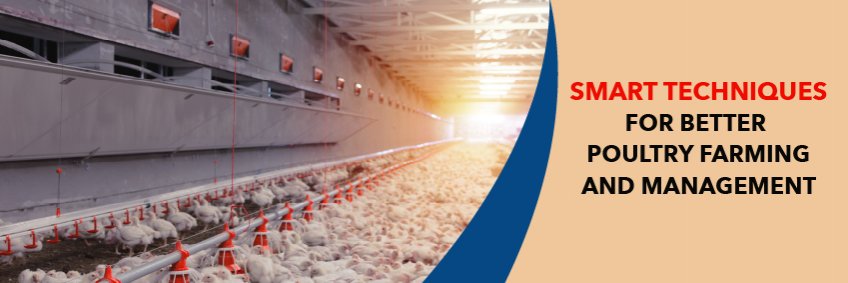
Location and building of poultry farming
Farms should be built distant from the city, away from the city's hustle and bustle, and away from the city's pollution. Place or property should be properly chosen where it is well ventilated, has good air circulation, and is accessible by road and transit. To minimize excessive sunlight, the farm's shelter should be built with an east-west orientation. Adequate room is necessary to avoid congestion; each bird must have 2 square feet of area.
When opposed to the intensive agricultural technique, free-range farming requires greater area. Choosing to build Poultry Farming and Management on your land is great since the danger is lower than on rented land. The site used for farming should have a consistent and clean water supply.
Choosing and breeding healthy chicks
The choice of chick and breed is critical to your profitability. Choose breeds that have a high reproductive capacity as well as are robust and immune. You should be cautious of selecting breeds that are acceptable and adaptable to your climate. You may buy chicks from reputable hatcheries. Our app connects you with chick providers from the most reputable hatcheries.
Environmental Hygiene
To provide sufficient ventilation and to minimize ammonia and carbon dioxide accumulation, a space of at least 40 feet should be maintained between each shelter. One should be knowledgeable about keeping farm premises and surroundings clean and disinfected. Ideally, there should be a 10-15 day break between batches to sterilize the location and farm equipment. To avoid illness transmission and contamination, farmers, veterinary physicians' personnel, and farm visitors should see the young ones first, followed by the older and last infected and weak ones.
To avoid illness transmission, dead and weak birds must be examined regularly and eliminated. Regularly, clean the housing, feed equipment, and drinkers.
Water and Food
Healthy feed tailored to the age of the bird is the key to effective chicken production and health. The quality of the feed used determines the quality of the eggs and poultry produced. According to their age, good quality and balanced feed (based on their protein and nutritional requirements) should be supplied. Modern chicken diets are mostly composed of grains, cereals, oilseeds, protein supplements, and vitamin supplements. Maize and soya beans play an important part in production since 60-70 percent of feed is made up of corn and soy protein.
Layers and broilers feed
The feed supplied to layers and broilers is varied to satisfy their specific nutritional needs. A balanced diet is supplied to meet nutritional needs and to protect one's health, and it should help one maintain healthy body weight. Layer feed is designed to meet the needs of egg production and is rich in calcium and protein, contains very little fat as they should not gain weight, and contains very little fat as they should not gain weight.
Broiler feed demands more energy and protein in their diets because of their rapid growth. A broiler chicken requires vitamin-rich supplements for appropriate growth, as well as a feed rich in protein and fat, which promotes rapid growth and results in soft and healthy chicken. Clean water should be given regularly, and pipelines should be disinfected at regular intervals.
Preventing and managing poultry diseases
Vaccination is critical in the flock's health management. Vaccines are used to manage and prevent illnesses in poultry. To avoid parasites, birds should be examined for external parasites regularly, and formalin should be sprayed about the shed. Recognizing and treating ill birds check your birds regularly for any signs of illness or problems within the flock.
Remove unhealthy chickens and other fowl from the main rush and obtain a report from a qualified individual. Once you've identified the illness or problem, you may administer the appropriate therapy. Isolate unwell fowls from the rest of the flock until they have completely healed. Separating flocks of different ages. For example, there is an increased danger of disease transmission from older birds to younger birds when introducing younger birds into older birds.
Choosing healthy chicks
Following the strategies outlined above, one might develop a concept for selecting a location and constructing a farm. Choosing healthy chicks is critical in farming, and we assist by including prominent chick manufacturers in our app. Disease prevention and feed selection are demanding tasks for farmers, thus we give thorough assistance on disease prevention and feed formulation from day one through the finished product.
Poultry husbandry is simplified with PoultryCare, which guides you through broiler and layer management. We provide you with the most basic app ever seen in the poultry industry.
The program is user-friendly and simple to use. We provide a comprehensive range of services that will provide you with a substantial user experience in growing, monitoring, promoting, and trading your flock and stock. Our app simplified trade for the whole chicken community.
